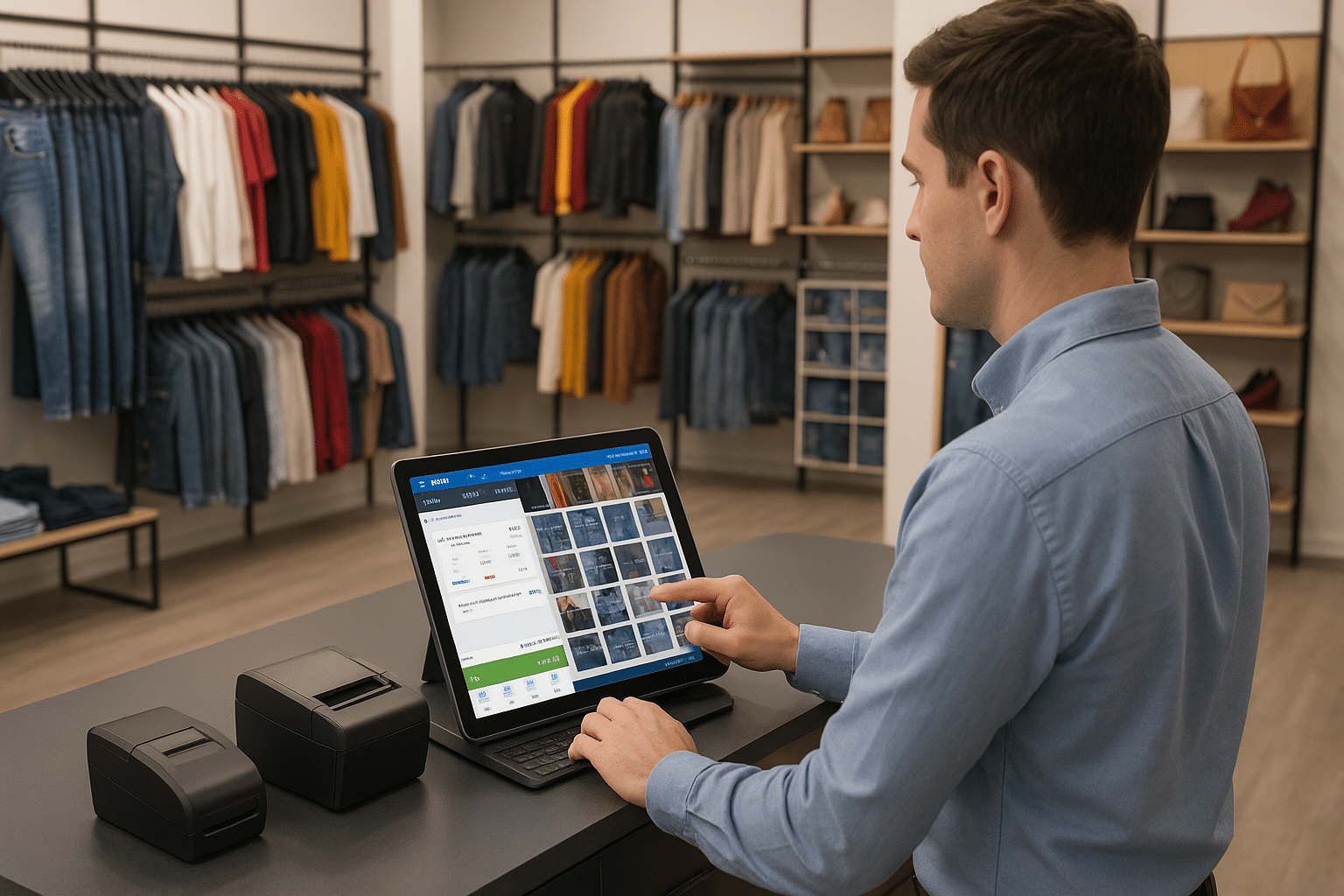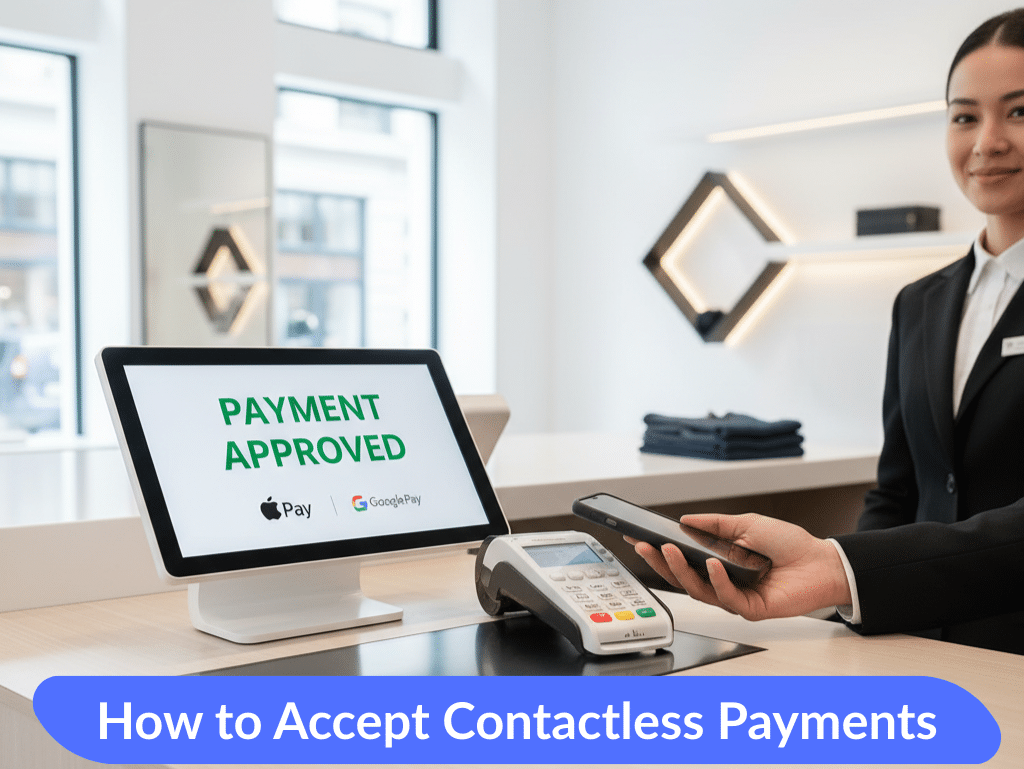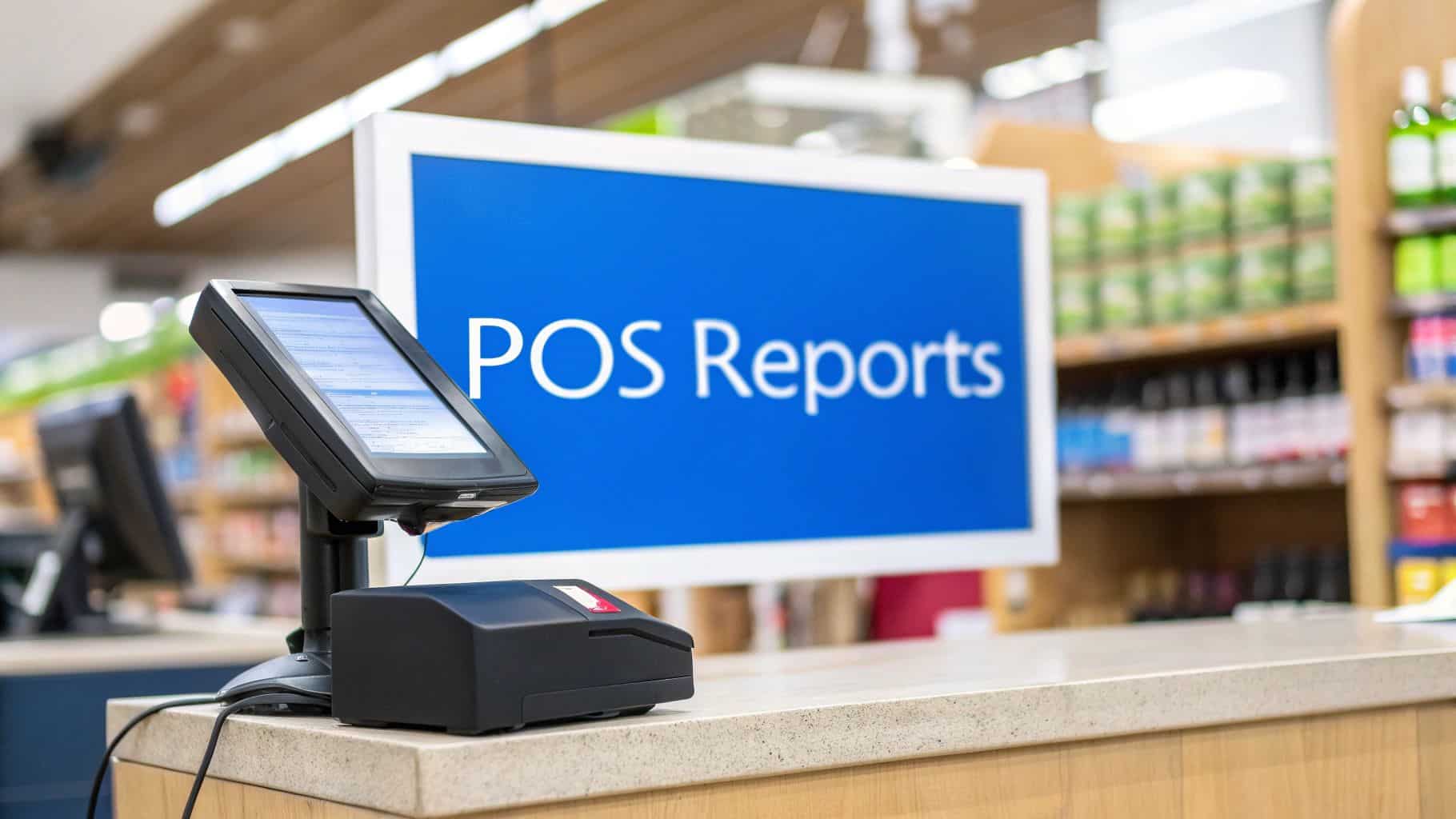In today’s fast-paced market, the ability to adjust prices dynamically can make or break a business. With customer expectations evolving and competition intensifying, companies need to embrace flexible pricing strategies that respond in real-time to market shifts. Adjusting prices dynamically means using real-time pricing data, demand trends, and intelligent algorithms to optimize prices and boost revenue without alienating customers. Whether you run an e-commerce store, a retail outlet, or a service-based business, mastering dynamic price adjustment unlocks powerful revenue management and competitive advantages.
Table of Contents
- Understanding Dynamic Pricing and Its Benefits
- Key Strategies for Adjusting Prices Dynamically
- Tools and Software for Price Adjustment
- Challenges and Best Practices in Dynamic Pricing
- Leveraging Biyo POS for Pricing Success
- Frequently Asked Questions
Understanding Dynamic Pricing and Its Benefits
Before diving into the mechanics, it’s essential to understand what it means to adjust prices dynamically. Dynamic pricing is a pricing strategy where businesses continuously change their prices based on factors such as demand, inventory levels, competition, and customer behavior. This real-time pricing approach enables companies to respond instantly to market conditions, unlike static pricing which remains fixed for long periods.
One significant advantage of adjusting prices dynamically is the ability to optimize revenue. For instance, during high demand periods, a surge pricing model can increase prices to capitalize on customers’ willingness to pay more. Conversely, during slow periods, price reductions can stimulate demand and clear excess inventory. This balance maximizes profitability while keeping customers engaged.
Dynamic pricing also promotes competitive pricing. By using market-driven pricing and algorithmic pricing techniques, businesses can keep pace with competitors, ensuring their offerings remain attractive. Through automated price updates, companies eliminate the lag in pricing decisions, which often results in lost sales or revenue. Overall, dynamic pricing enhances price elasticity management, making pricing flexible and customer-centric.
Real-Time Pricing and Demand-Based Pricing Explained
Real-time pricing involves continuous price adjustments triggered by live market data. This data can include competitor pricing, current inventory, or seasonal demand. For example, airlines and hotels often change prices based on booking patterns, maximizing occupancy and revenue simultaneously.
Demand-based pricing focuses specifically on fluctuating customer demand to set prices. During peak demand, prices rise; during low demand, prices drop. Ride-sharing apps utilize surge pricing to manage demand surges and ensure availability.
Both real-time and demand-based pricing rely heavily on data and technology. They require accurate, timely data and systems capable of instant adjustments to reflect market realities. This creates a more adaptive pricing strategy that can improve sales and profitability dramatically.
The Role of Price Elasticity in Dynamic Pricing
Price elasticity measures how sensitive customers are to changes in price. Understanding elasticity helps businesses forecast how a price change might impact demand. For example, if demand is highly elastic, a small price increase might lead to a large drop in sales. Alternatively, inelastic demand allows for more aggressive pricing without significant volume loss.
By incorporating price elasticity into pricing algorithms, businesses can tailor price adjustments to customer behavior segments. This precision avoids blanket price changes that could alienate price-sensitive customers while capturing additional value from less price-sensitive ones.
Effectively managing price elasticity through dynamic pricing helps maximize both sales and profits. It ensures that price changes are strategic and customer-focused rather than arbitrary or reactive.
How Automated Price Updates Enhance Pricing Strategy
Automated price updates remove the manual burden of adjusting prices continuously. With price adjustment tools and pricing analytics integrated into dynamic pricing software, businesses can automate price changes based on predefined rules and algorithms.
This automation ensures pricing remains aligned with current market conditions, competitor moves, and inventory changes. It eliminates delays that can cost revenue and gives businesses the agility needed to capitalize on fleeting opportunities.
Automated systems also track performance data to refine pricing strategies over time. This ongoing optimization means pricing strategies evolve dynamically, becoming smarter and more effective as more data becomes available.

Key Strategies for Adjusting Prices Dynamically
Adjusting prices dynamically involves more than just changing numbers frequently. Businesses need to develop pricing strategies that are flexible yet targeted, incorporating customer insights and market signals. Below are some essential strategies that form the backbone of successful dynamic pricing.
Inventory-Based Pricing to Optimize Stock Levels
Inventory-based pricing is a powerful method to ensure that your stock levels and pricing are perfectly synchronized. When inventory levels are high, reducing prices can encourage quicker sales and prevent costly overstocking. For example, a clothing retailer may lower the prices of seasonal items toward the end of a quarter to clear shelf space for new collections. On the other hand, when inventory is scarce, increasing prices can create a sense of urgency and leverage scarcity, which often leads to higher profits.
This strategy is especially important in industries where holding excess stock is expensive or impractical, such as perishable goods or fast fashion. Businesses can use automated systems to track inventory in real-time and adjust prices dynamically to match supply conditions. For instance, grocery stores might automatically discount products nearing their expiration date to reduce waste and recover some cost.
Inventory-based pricing also ties closely to customer satisfaction. Customers appreciate fair prices that reflect availability; for example, steep discounts on surplus stock can create good deals that build loyalty. Meanwhile, scarcity pricing must be balanced carefully so customers don’t feel exploited, which can hurt brand reputation. A well-implemented inventory-based pricing strategy helps maintain this balance by adapting prices thoughtfully based on actual stock data.
Personalized Pricing and Customer Segmentation
Personalized pricing is a sophisticated approach where prices are tailored to individual customers or customer segments based on their behavior, preferences, and purchasing history. Using customer segmentation, businesses can identify groups that differ in price sensitivity, purchase frequency, or brand loyalty. For instance, first-time buyers might be offered special introductory discounts, while loyal customers could receive exclusive promotional pricing as a reward for their repeat business.
Dynamic pricing software equipped with customer data can automatically adjust prices for different segments. For example, an online retailer may display personalized prices or offers based on a visitor’s past browsing history or geographic location. This approach maximizes conversion rates by providing prices that feel relevant and fair to each shopper.
Personalized pricing also increases overall revenue by capturing more value from customers willing to pay a premium, while still offering discounts to more price-sensitive segments. However, it requires careful handling to avoid perceptions of unfairness or privacy concerns. Transparency and clear communication about pricing policies can help build trust when using this strategy.
Using Surge Pricing to Manage Demand Peaks
Surge pricing is an effective way to handle sudden increases in demand by temporarily raising prices. This strategy not only boosts revenue but also helps balance supply and demand. A classic example is ride-sharing companies like Uber, which increase fares during rush hours or special events to encourage more drivers to get on the road and ensure riders can find rides.
Surge pricing can be applied in various industries, from hospitality to event ticketing. For example, a hotel might raise room rates during major local festivals or sporting events when demand is high. This approach prevents shortages and helps maintain service quality during peak times.
To implement surge pricing effectively, businesses must set clear boundaries and communicate the rationale to customers. Transparency about why prices rise temporarily can help maintain goodwill. Additionally, surge pricing should be data-driven and integrated into automated price adjustment tools to react instantly to changing demand without manual intervention.
Tools and Software for Price Adjustment
Successful dynamic pricing depends on using the right technology. Businesses require advanced tools to analyze data, set prices, and automate updates. Below are critical technologies that enable efficient price adjustment.
Dynamic Pricing Software and Algorithmic Pricing
Dynamic pricing software forms the backbone of modern price adjustment strategies. These systems use complex algorithms to process vast amounts of data such as competitor prices, market demand, and inventory levels. By analyzing these factors, the software recommends or automatically applies price changes that maximize revenue and maintain competitiveness.
For example, an e-commerce platform might use algorithmic pricing to adjust product prices hourly, factoring in sales velocity, competitor discounts, and customer browsing trends. This level of precision is impossible to achieve manually, especially for businesses with thousands of SKUs.
Algorithmic pricing also incorporates machine learning, allowing the software to learn from past pricing decisions and continuously improve its recommendations. This adaptability is crucial in volatile markets where customer preferences and competitor actions change rapidly. Businesses benefit from more accurate, timely pricing that reacts intelligently to real-world conditions.
Price Adjustment Tools and Discount Automation
Price adjustment tools provide the interface and control mechanisms to implement dynamic pricing strategies efficiently. These tools allow businesses to set rules that trigger price changes under specific conditions. For example, a retailer might set a rule to automatically apply a 10% discount if a product has been in inventory for over 30 days.
Discount automation streamlines promotional pricing by eliminating manual processes and ensuring discounts are applied consistently and timely. For instance, during a holiday sale, the system can activate predetermined discounts across selected product categories without manual intervention, improving accuracy and speed.
Such automation reduces human error and frees up staff to focus on strategic decisions rather than operational tasks. Integration with point-of-sale systems ensures that updated prices reflect immediately at checkout, providing a seamless customer experience.
Pricing Analytics for Market-Driven Pricing
Pricing analytics tools analyze past sales data, competitor prices, and customer responses to provide actionable insights. These analytics help businesses adopt market-driven pricing strategies that align with actual market conditions rather than guesswork.
For example, analytics can identify which products have high price elasticity, indicating that small price changes cause large shifts in demand. Knowing this allows businesses to experiment with prices on elastic products to find the optimal point that maximizes revenue without losing customers.
Moreover, pricing analytics can segment customers based on their price sensitivity and purchasing habits, guiding personalized pricing efforts. Continuous analysis helps businesses quickly detect shifts in demand or competitor activity, enabling proactive adjustments rather than reactive ones.
Challenges and Best Practices in Dynamic Pricing
While dynamic pricing offers many benefits, it also comes with challenges. Businesses must address these hurdles carefully to implement effective and customer-friendly price adjustment strategies.
Maintaining Customer Trust with Transparent Pricing
Dynamic pricing can sometimes lead to customer mistrust if price changes seem arbitrary or unfair. Customers dislike feeling they pay more than others or are caught off guard by sudden price hikes. To maintain trust, businesses should clearly communicate why prices fluctuate and what factors influence these changes.
For example, a hotel might explain that prices rise during peak seasons due to higher demand and operational costs. Transparency reassures customers that price adjustments reflect market realities rather than exploitation.
In addition, companies should avoid excessive price surges and implement caps to keep pricing fair. Offering loyalty rewards or personalized discounts can offset negative perceptions and encourage long-term relationships despite dynamic pricing practices.
Balancing Automation with Human Oversight
Automated dynamic pricing systems greatly increase efficiency, but they are not infallible. Algorithms may misinterpret temporary market fluctuations or fail to consider unique factors that humans understand. Therefore, human oversight remains critical.
Businesses should establish review processes where pricing managers monitor algorithmic decisions and adjust parameters as needed. For example, if a sudden competitor price drop is detected, a human might decide whether to match the price or maintain margins based on broader strategy.
This balance ensures dynamic pricing remains flexible and intelligent, avoiding costly errors or damage to customer relationships. Over time, feedback from human reviews can improve algorithm performance, creating a more reliable system.
Ensuring Competitive Pricing Without Triggering Price Wars
Maintaining competitive pricing is a core goal of dynamic pricing, but aggressive price cuts risk igniting price wars that erode profits for all players in the market. To avoid this, businesses should focus on value differentiation alongside price adjustments.
For example, a retailer might combine competitive pricing with superior customer service, exclusive products, or personalized offers that justify slightly higher prices. This strategy helps preserve brand value and prevents the market from descending into a race to the bottom.
Moreover, using pricing analytics can help identify when a price cut is genuinely necessary versus when alternative strategies could preserve margins. Intelligent pricing strategies balance competitiveness with profitability for sustainable growth.
Leveraging Biyo POS for Pricing Success
Biyo POS offers a robust platform tailored for businesses looking to adjust prices dynamically with ease. Its integrated price adjustment tools enable real-time pricing changes directly from the point of sale, ensuring prices stay updated and relevant.
The system supports demand-based pricing and promotional pricing strategies with automated discount features that save time and improve accuracy. Additionally, Biyo POS provides valuable pricing analytics to help businesses understand customer behavior and market trends.
By combining flexible pricing with inventory-based controls, Biyo POS empowers businesses to optimize revenue while maintaining competitive pricing. Its user-friendly interface makes adopting dynamic pricing simple, even for companies new to algorithmic pricing methods.

If you’re ready to take your pricing strategy to the next level, consider how Biyo POS’s flexible pricing and analytics features can help you adjust prices dynamically and maximize your revenue.
Frequently Asked Questions
What does it mean to adjust prices dynamically?
Adjusting prices dynamically means changing prices in real-time based on factors like demand, competition, and inventory. This allows businesses to optimize revenue and stay competitive.
How does surge pricing differ from demand-based pricing?
Surge pricing is a type of demand-based pricing that temporarily raises prices during demand peaks. Demand-based pricing more broadly adjusts prices according to demand fluctuations over time.
What are the benefits of automated price updates?
Automated price updates save time, reduce errors, and enable rapid response to market changes. They help maintain competitive prices and improve revenue management.
Can small businesses benefit from dynamic pricing?
Yes, with tools like Biyo POS, small businesses can implement dynamic pricing strategies tailored to their needs, improving profitability without complex infrastructure.
How can I maintain customer trust when using dynamic pricing?
Transparency is key. Communicate clearly why prices change and ensure price adjustments are fair. Avoid sudden extreme price shifts that can frustrate customers.




